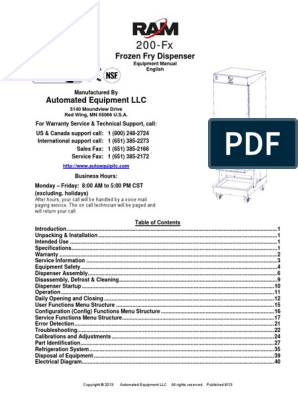0% found this document useful (0 votes)
4 views2 pagesScript
Approximately 285 million people worldwide are visually impaired, facing significant challenges in navigation due to unpredictable environments. Traditional aids like canes and guide dogs often lack real-time hazard detection, leading to higher risks of trips and falls. The StealthStep Smart Assist is introduced as a shoe-integrated sensor system that enhances safety and awareness for visually impaired individuals by providing real-time alerts.
Uploaded by
Tonet VillarminoCopyright
© © All Rights Reserved
We take content rights seriously. If you suspect this is your content, claim it here.
Available Formats
Download as PDF, TXT or read online on Scribd
0% found this document useful (0 votes)
4 views2 pagesScript
Approximately 285 million people worldwide are visually impaired, facing significant challenges in navigation due to unpredictable environments. Traditional aids like canes and guide dogs often lack real-time hazard detection, leading to higher risks of trips and falls. The StealthStep Smart Assist is introduced as a shoe-integrated sensor system that enhances safety and awareness for visually impaired individuals by providing real-time alerts.
Uploaded by
Tonet VillarminoCopyright
© © All Rights Reserved
We take content rights seriously. If you suspect this is your content, claim it here.
Available Formats
Download as PDF, TXT or read online on Scribd
/ 2




































































































